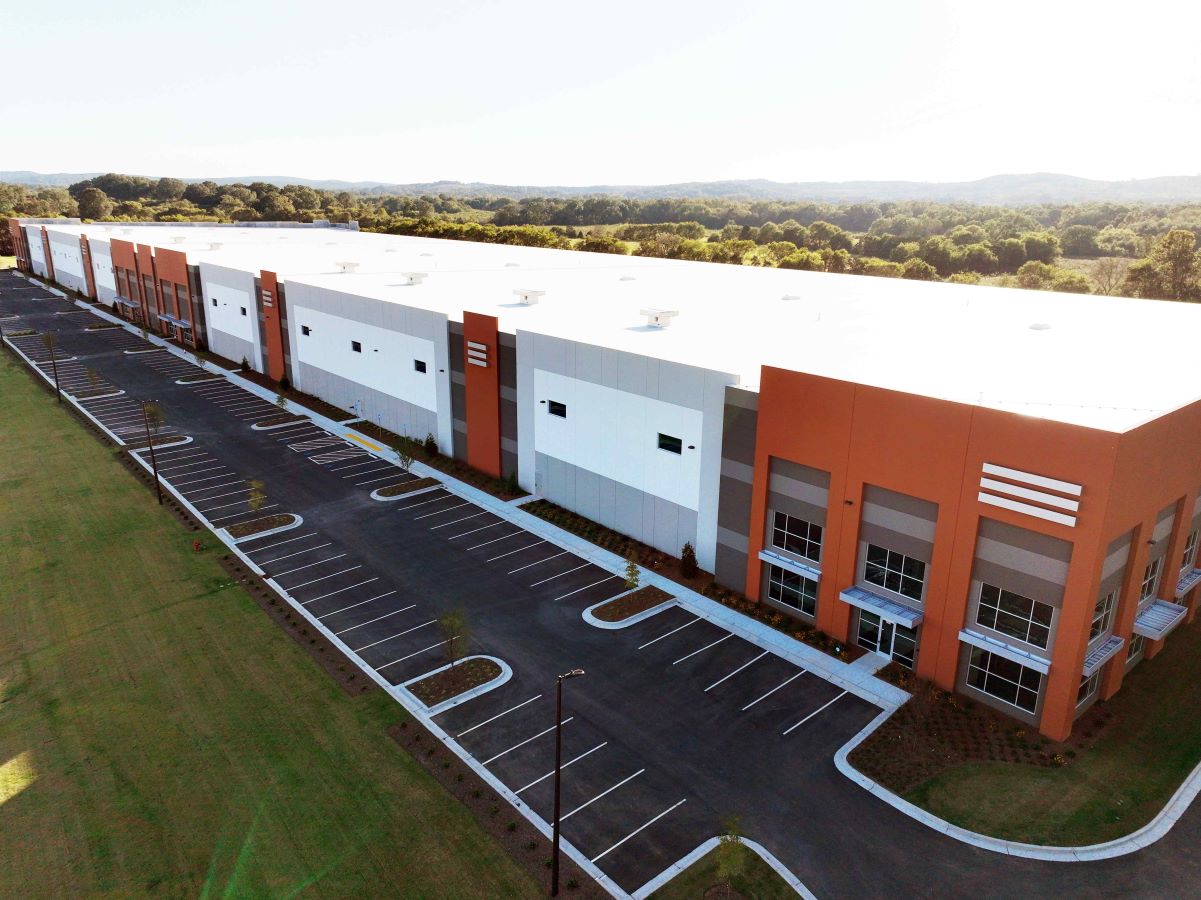Office Subleasing Strategies
Experts weigh in on subleasing trends, activity and advice to brokers in the space.
At a national level, subleasing activity is currently increasing. During the first quarter of 2022, the leasing of sublease space rose 60 percent year-over-year, according to a CBRE report. While activity is on the rise, availability for sublease space in every major market, including the office space, is above pre-COVID levels.
In the Manhattan office market, for example, sublet inventory as of late August of 2022 grew by nearly two thirds since March 2020, Franklin Wallach, executive managing director, Research & Business Development, Colliers, told CPE. That represents just under 20 million square feet of sublet space on the market, some of which has been successfully leased.
While inventory in the office subletting market is increasing, rental prices are decreasing. “Sublet, historically, has been priced at a discount to direct space,” said Wallach. “As of the end of the second quarter [of 2022], there is about a 25 percent discount in terms of the average asking rent between sublet space and direct space. This spread does adjust over time. For instance, it was a bit of a tighter window about 10 years ago.”
Why So Much Sublease Space?
Pressures on the office space inventory come from different directions, one of the main impacts being the lasting effects of COVID and hybrid work models. The pandemic brought a large amount of inventory onto the office subleasing market, and then, of course, there is the flight to quality.
“The hybrid work model has a long tail, and we will probably continue to see small changes and adaptations to it depending on how the labor markets perform and how the broader economy preforms. ,” said Brad Tisdahl, CEO, Tennant Risk Assessment LLC, whose firm assesses tenant credit. “The utilization on office will continue to crack as a lagging indicator on those sorts of trends.”
Rising interest rates are also making a lasting effect on sublease space. As rates climb, the office market is likely to slow, noted Tisdahl. “I think that, if there is some economic pain to be felt, that could accelerate sublease inventory. That could pour more gasoline on the fire and accelerate growth in the sublease inventory.”
Pricing Sublease Space
When representing tenants looking to shed space, experts recommend considering: condition, configuration, location and pricing. Further, in a turn of economic events, the term of the lease is no longer of great importance.
“Term used to be almost axiomatic: the longer the term you could offer, the more desirable the sublease, the higher the rents you could get,” said Michael Cohen, president, Tri-State Region at Colliers. “Yet, with the volatility in the business cycle, the number of new companies starting up with unpredictable growth and the general desire for companies of all shapes and sizes in different industries to have greater flexibility, the old paradigm of the longer the better has vanished.” While too short a term can be an impediment, now so can too long a term.
Another challenge today is that sublease tenants may be thinking smaller due to the overall uncertainty. As a sublandlord, Cohen said, you are lucky to find a sublessor that can utilize 80 percent or more of the space you have built.
Evaluating Sublease Options
When representing tenants who are shopping the sublease market, Tisdahl recommends going big in light of the growing inventory.
“If I were a broker looking to sublease space, I would be swinging for the fences,” he said. “I would probably say let’s try to find the best possible space out there. This is an opportunity, why waste good anxiety without having the opportunity to move up. If I represent a company that typically would be looking at Class C space as a direct tenant, I would tell them go for the Class A sublease space.”
And that is not hard to find today. “The cruel irony is that the most difficult part of our job finding space these days is sorting through the vast number of options,” said Cohen. “You find yourself trying to determine which criteria to use to filter and narrow the field. That is the biggest challenge now: determining your priorities and applying the right filters to concentrate on the most viable options.”










You must be logged in to post a comment.